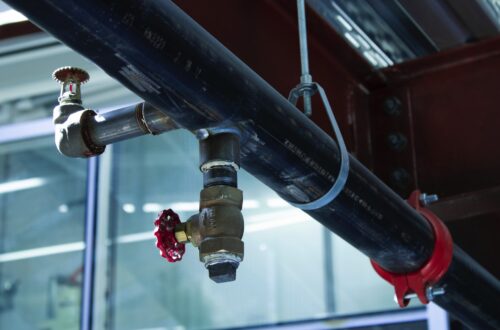Water purification removes unwanted chemical compounds, organic and inorganic elements, and biological pollutants from water. It is a vital step in the overall water cycle.
Most cities rely on natural bodies of water for drinking and day-to-day use, such as underground aquifers, creeks, streams, rivers, and lakes. Oceans and salty seas are also commonly used as alternative water sources.
Health
Water purification removes harmful chemical and biological contaminants from drinking water. Water purification Tampa is essential to protect human health, especially for people at risk of developing water-related illnesses or diseases.
Improving drinking water quality can improve your health by removing contaminants that can cause various diseases, including gastrointestinal illness and neurological disorders. It can also help you avoid diseases caused by bacteria and parasites, such as cholera or dysentery, that may contaminate water supplies.
The most effective water purification methods include boiling, filtration, and distillation. Boiling the water at a specific temperature can kill bacteria that may cause disease, but it cannot remove all contaminants from the water. Filtration is an inexpensive and commonly used method of water purification that helps remove dangerous chemicals and pollutants from the water.
Environment
Water treatment plants employ various techniques to remove impurities and make water suitable for human consumption or use in industrial and medicinal applications. They use a combination of filtration, membranes, ion exchange, and distillation processes to accomplish their goals.
Filtration is an effective and inexpensive water purification method often used to remove chlorine and pesticides from water. It also removes suspended solids and sediments from sewage.
However, reverse osmosis and distillation are less effective than filtration because it does not remove many dissolved substances or potential contaminants from water. It also uses a lot of energy.
Distillation is another popular water purification method that utilizes heat to collect pure water in the form of vapor. It removes heavy metals and disease-causing chemicals from water.
Protein nanofibrils are a powerful, sustainable, cost-effective water-absorbing material that can remove many pollutants from wastewater and drinking water. They also offer a cost-effective and environmentally-friendly alternative to activated carbon or nano cellulose for water adsorption and disinfection.
Economy
Water purification is a critical component of the water supply chain. It prevents the transmission of microorganisms and other harmful substances to consumers.
Water purification involves several steps to remove chemical, biological, and other contaminants. These stages include pretreatment to reduce the amount of dissolved organic material in water and screening, which removes large debris.
Distillation is a commonly used water treatment technique often used in laboratories and medical facilities to make water safe to drink. It can also be used in households to remove bacteria, viruses, and protozoa.
Using protein nanofibrils as absorbents for water purification is sustainable because it minimizes pollution from the production and use of the materials. It also enables recycling, which reduces waste and resource usage.
Social
Water is often a critical social justice issue for many communities, as poor access to sanitation can lead to diseases. Clean water is crucial to preventing these infections and allowing communities to grow and thrive.
Hydrologic ceramic water filters save rural households money by eliminating the need to sanitize their drinking water with gas or wood. This process keeps them a significant amount of energy and reduces their environmental impact.






